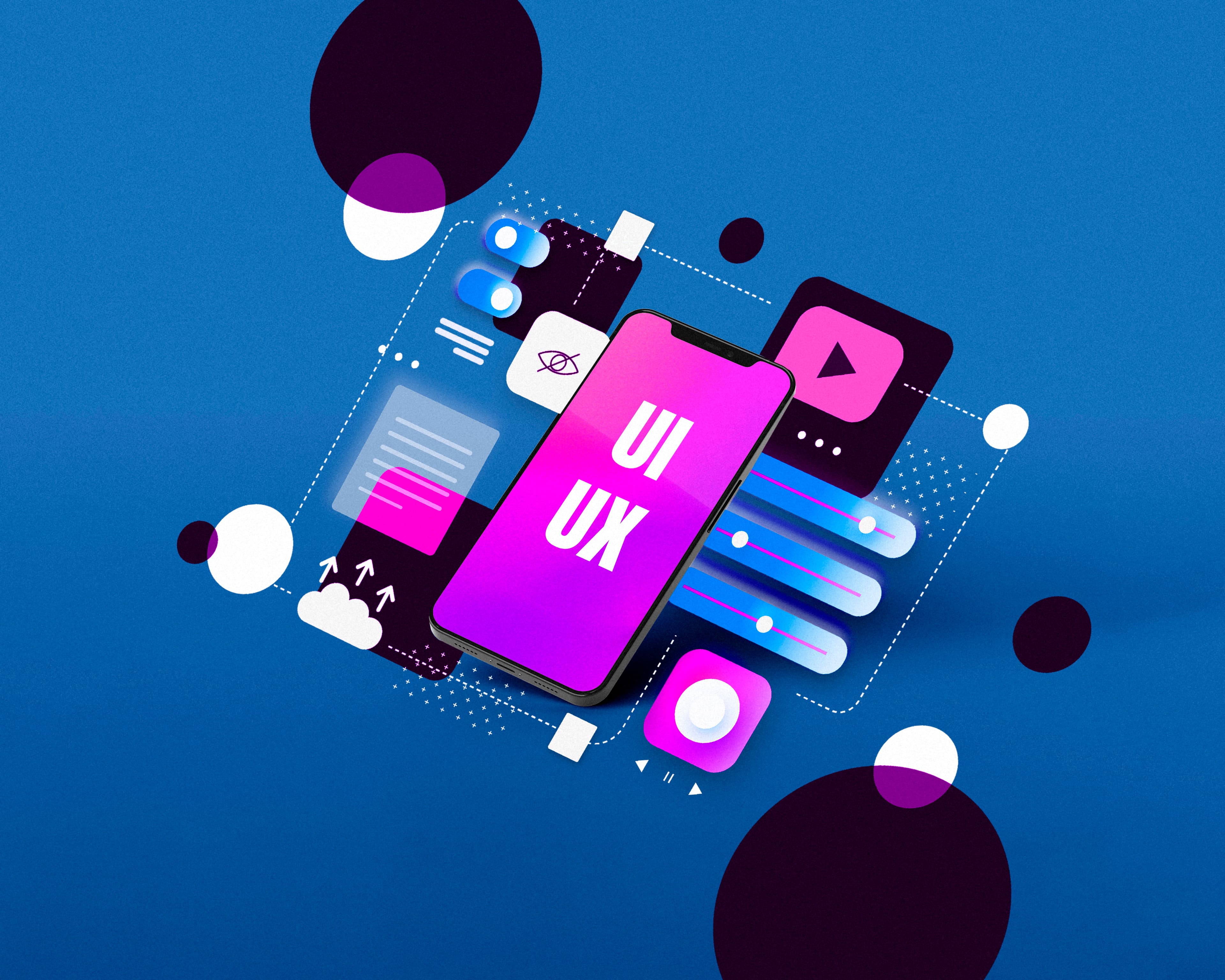
How to Create a Website That Converts Visitors into Customers
How to Create a Website That Converts Visitors into Customers
In today's digital landscape, having a website is no longer enough. With millions of websites competing for attention, your site needs to do more than just look good—it needs to convert visitors into customers. But how do you create a website that truly drives conversions?
Understanding Your Audience
Before you start designing your website, it's crucial to understand who your audience is. This involves:
- Identifying your target audience: Who are the people most likely to be interested in your product or service?
- Creating buyer personas: Develop detailed profiles of your ideal customers to guide your design and content decisions.
- Understanding user behavior and motivations: What problems are your visitors trying to solve, and how can your website help?
Key Elements of a Conversion-Focused Website
Several key elements are essential for a website that converts:
- Clear and compelling value proposition: Communicate the unique benefits of your product or service immediately.
- User-friendly design and navigation: Make it easy for visitors to find what they're looking for.
- Effective call-to-actions (CTAs): Use action-oriented language and make CTAs prominent.
- Mobile responsiveness: Ensure your site looks and works great on all devices.
- Fast loading speeds: A slow website can significantly hurt conversions.
Crafting a Compelling Value Proposition
Your value proposition is the heart of your conversion strategy:
- Define your unique selling proposition (USP): What sets you apart from competitors?
- Communicate benefits, not features: Explain how your product or service improves your customers' lives.
- Use social proof and testimonials: Build trust with potential customers.
Designing for Conversion
Good design is critical for conversion:
- Principles of user experience (UX) design: Focus on simplicity, clarity, and usability.
- Importance of A/B testing: Continuously test different design elements to optimize for conversion.
- Minimize distractions and friction: Reduce barriers to conversion.
Content Strategies for Conversion
Content is king, but only if it's optimized for conversion:
- Write persuasive and clear content: Focus on benefits and use a conversational tone.
- Use storytelling techniques: Engage visitors with compelling narratives.
- SEO best practices for conversion: Optimize for relevant keywords without sacrificing readability.
Technical Optimization
Don't overlook the technical side:
- Importance of page speed: Optimize images, leverage caching, and use a content delivery network (CDN).
- Mobile-first design: Prioritize mobile users.
- SSL certificates and trust indicators: Build trust with security badges.
Testing and Iteration
Conversion optimization is an ongoing process:
- Introduction to A/B testing and multivariate testing: Use data to inform design and content decisions.
- Tools for testing and analysis: Google Analytics, Optimizely, etc.
- Iterate based on data-driven insights: Continuously improve your website.
Conclusion
Creating a website that converts visitors into customers requires a deep understanding of your audience, a well-designed user experience, compelling content, and ongoing optimization. By implementing these strategies, you'll be well on your way to turning your website into a powerful conversion machine.
Take the First Step Towards Conversion Optimization
Ready to optimize your website for conversions? Start by auditing your current site and identifying areas for improvement. Need help? Consider consulting with a digital marketing expert or web designer who specializes in conversion rate optimization.
Frequently Asked Questions
-
What is conversion rate optimization? Conversion rate optimization (CRO) is the process of increasing the percentage of website visitors who complete a desired action.
-
How do I measure website conversions? Use tools like Google Analytics to track actions such as form submissions, purchases, or downloads.
-
What is a good conversion rate? It varies by industry, but a general benchmark is 2-5%.
-
How often should I test my website? Continuously. Conversion optimization is an ongoing process.
-
Can I optimize my website for conversions on my own? Yes, but it may be beneficial to consult with experts, especially for significant changes.
Ready to Launch a Website That Actually Converts?
Don’t just build a site—build a revenue engine. Find out how conversion-optimized web design is changing the game in 2025.
See how Edgeify builds high-converting websites


